#Galeen
Explore tagged Tumblr posts
Text

Werner Krauss in Der Student von Prag (1926)
#der student von prag#the student of prague#werner krauss#1920s horror#1920s movies#1926#henrik galeen#silent film#classic horror#german expressionism
165 notes
·
View notes
Text


"𝓣he walls of the hall are plunged in darkness from which Hutter's back emerges. He faces the motionless figure. Is this pale, ghostly creature with hollow eyes and thin mouth the lord of the castle himself?
The face twists into a polite grimace. Sharp ratlike teeth appear over the lower lip."
#nosferatu#nosferatu 1922#orlok#count orlok#thomas hutter#f.w. murnau#gustav von wangenheim#max schreck#text is from a translation of Henrik Galeen's script for the original film
114 notes
·
View notes
Text
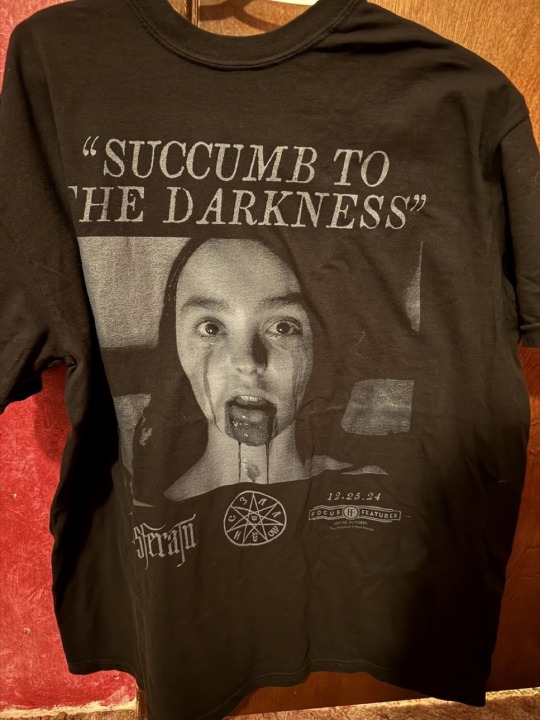
#nosferatu 2024#nosferatu fanart#nosferatu movie#nosferatu#lily rose depp#Transylvania#bill skarsgård#willem dafoe#emma coffin#Ellen Hutter#Professor Sievers#Count Orlok#London#Max Schreck#Gustav Botz#Ruth Landshoff#Occultism#dark aesthetic#vampire#gothic#Edward Kelley#Ernest Jones#Albin Grau#dark academia#Hanns Heinz Ewers#Henrik Galeen#Conrad Veidt#Slovakia#Tegel Forest#Hans Erdmann
32 notes
·
View notes
Text
Nosferatu

Movies watched in 2025
Nosferatu (2024, USA)
Director & Writer: Robert Eggers (based on the German movie by F. W. Murnau and Henrik Galeen)
Mini-review:
I've been looking forward to this movie for years, basically, and it was everything I wanted it to be: a dreadful, spine-tingling nightmare. Robert Eggers has a gift for creating dark, suffocating atmospheres that grab you and never let go. In this specific case, it wouldn't be possible without the show-stopping cinematography; listen here, Hollywood, this is how you film low-light or nighttime scenes. And of course, the entire cast is in full command of their craft, with Lily Rose Depp, Nicholas Hoult and Bill Skarsgård giving particularly gripping performances. The costumes and the production design also excel at every turn, too. In the end, one thing's for sure: Nosferatu is a film only Robert Eggers could make.
#nosferatu#nosferatu 2024#nosferatu movie#robert eggers#lily rose depp#nicholas hoult#bill skarsgård#bill skarsgard#aaron taylor johnson#willem dafoe#emma corrin#ralph ineson#simon mcburney#f. w. murnau#henrik galeen#horror#horror films#gothic horror#vampires#vampire films#disturbing#triggering content#movies watched in 2025
17 notes
·
View notes
Photo

The Student of Prague (Henrik Galeen, 1926)
#he's delectable for the love of god#conrad veidt#the student of prague#der student von prag#henrik galeen#classic film#silent film#german film#german cinema#weimar cinema#my gifs#1920s
150 notes
·
View notes
Text




Nosferatu: Phantom der Nacht
Werner Herzog | 1979
#Isabelle Adjani#Klaus Kinski#Nosferatu#Werner Herzog#Friedrich Wilhelm Murnau#Phantom der Nacht#eine Symphonie des Grauens#vampire#Bram Stoker#Dracula#Lucy Harker#Henrik Galeen
9 notes
·
View notes
Text
Todo sobre 'Nosferatu' y sus adaptaciones
Se acerca el estreno de la esperada adaptación de 'Nosferatu' dirigida por Robert Eggers, sin embargo, este clásico del cine silente y del expresionismo alemán guarda más de una curiosidad y, aunque muchos no lo sepan, es una adaptación en sí misma, por lo que aquí te dejamos todo lo que debes saber antes de su estreno.
Se acerca el estreno de la esperada adaptación de ‘Nosferatu’ dirigida por Robert Eggers, sin embargo, este clásico del cine silente y del expresionismo alemán guarda más de una curiosidad y, aunque muchos no lo sepan, es una adaptación en sí misma, por lo que aquí te dejamos todo lo que debes saber antes de su estreno. Prana Film fue una productora alemana de cine fundada por Enrico Dieckmann y…
#Albin Grau#Anya Taylor-Joy#Bill Skarsgard#Bram Stoker#Bruno Ganz#Burned to Light#Das Cabinet des Dr. Caligari#David Lee Fisher#Drácula#E. Elias Merhige#El Gabinete del Dr. Caligari#El hombre que ríe#El jorobado de Notre Dame#Enrico Dieckmann#Expresionismo alemán#F.W. Murnau#Friedrich Wilhelm Murnau#Greta Schröder#Henrik Galeen#Isabelle Adjani#José Ernesto Díaz Noriega#Kickstarter#Klaus Kinski#La sombra del vampiro#L´homme qui rit#Lily-Rose Depp#Max Schreck#Metropolis#Murnau#Nicholas Hoult
3 notes
·
View notes
Text

Brigitte Helm and friend in Uhu magazine, 1927/28, for Alraune (Henrik Galeen, 1928)
3 notes
·
View notes
Text
Dread by the Decade: Der Student von Prag
👻 You can support me on Ko-fi ❤️

★★★
Plot: A university student makes a dark deal in exchange for wealth.
Review: Though interesting and more technically advanced than its predecessor, its characterization and love story pale in comparison.

Englist Title: The Student of Prague Remake of: Der Student von Prag (1913) Year: 1926 Genre: Supernatural Horror, Occult, Gothic Country: Germany Language: Silent Runtime: 1 hour 21 minutes

Director: Henrik Galeen Writers: Henrik Galeen, Hanns Heinz Ewers Cinematographer: Günther Krampf, Erich Nitzschmann Cast: Conrad Veidt, Werner Krauss, Agnes Esterhazy, Elizza La Porta

-----
Story: 2.5/5 - A classic morality tale that is rather lacking in heart.
Performances: 3.5/5 - Veidt does well as a man corrupted by temptation, but he lacks his predecessor's innocence and likability. Krauss is not as entertaining as Scapinelli.
Cinematography: 3.5/5 - Some creative framing. Mostly just competent.

Editing: 2.5/5 - Ranges from sufficient to messy, with some muddled shot orders and unnecessary cuts.
Music: 2.5/5
Effects: 4.5/5 - Like its predecessor, its doppelgänger effect is near seamless.
Sets: 3/5 - Largely solid, though some sets feel empty.
Costumes & Make-Up: 3/5
youtube
#Der Student von Prag (1926)#Der Student von Prag#The Student of Prague (1926)#The Student of Prague#Henrik Galeen#supernatural horror#occult#gothic#Dread by the Decade#review#1920s#★★★
9 notes
·
View notes
Text
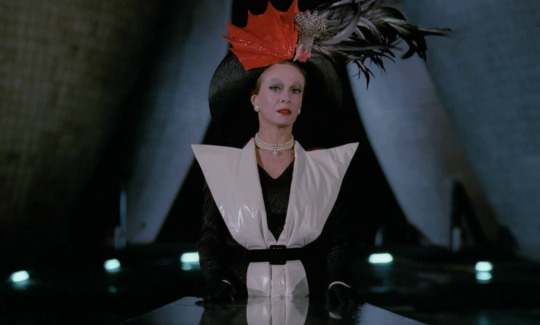
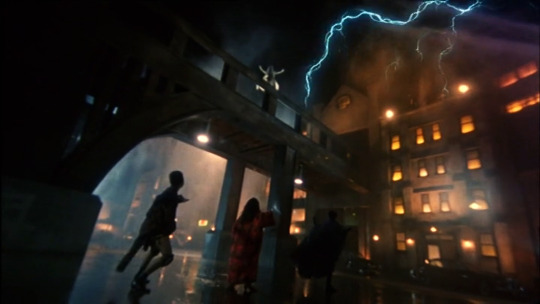
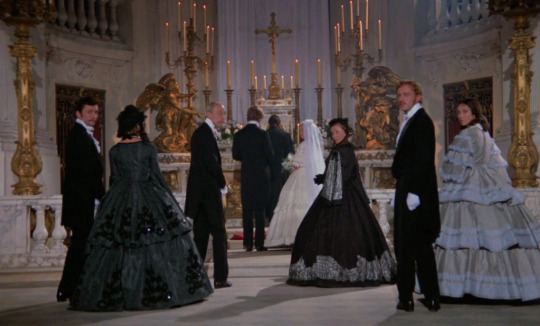
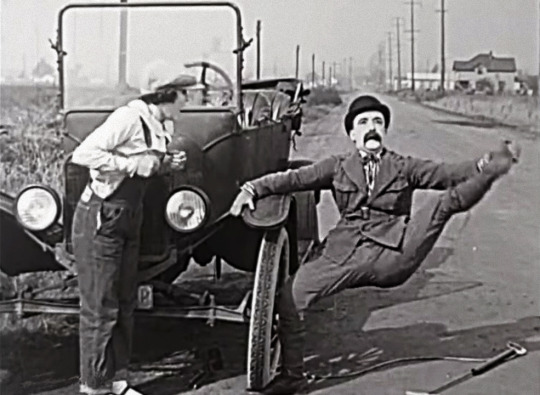

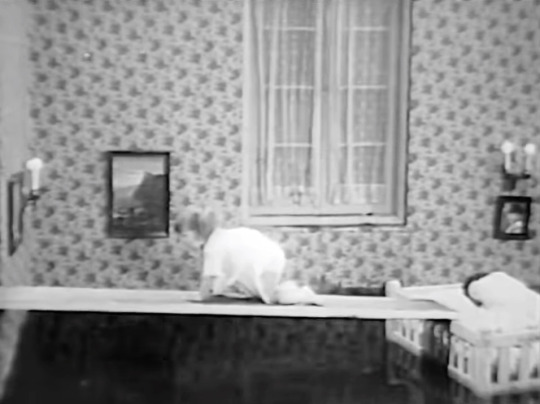

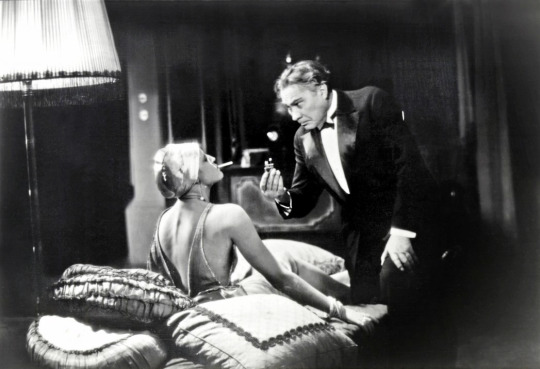
Favorite New-to-Me Films
April 2023
(in order of the image gallery above)
Dorian Gray in the Mirror of the Yellow Press / Dorian Gray im Spiegel der Boulevardpresse (1984) [letterboxd | imdb]
The Heroic Trio / 東方三俠 (1993) [letterboxd | imdb]
Lokis, a Manuscript of Professor Wittembach / Lokis: Rękopis profesora Wittembacha (1970) [letterboxd | imdb]
California or Bust (1923) [letterboxd | imdb]
Crusher Joe / クラッシャージョウ (1983) [letterboxd | imdb]
Smith’s Baby (1926) [letterboxd | imdb]
Summer Night with Greek Profile, Almond Eyes and Scent of Basil / Notte d'estate con profilo greco, occhi a mandorla e odore di basilico (1986) [letterboxd | imdb]
A Daughter of Destiny / Alraune (1928) [letterboxd | imdb]
---
Honorable Mention:
In the Mirror of Maya Deren / Im Spiegel der Maya Deren (2002) [letterboxd | imdb]
From Death to Life (1911) [letterboxd | imdb]
Kings and Desperate Men (1981) [letterboxd | imdb]
#Dorian Gray im Spiegel der Boulevardpresse#1980s#ulrike ottinger#The Heroic Trio#1990s#johnnie to#Lokis#1970s#California or Bust#1920s#Crusher Joe#Yoshikazu Yasuhiko#Smith's Baby#Summer Night with Greek Profile#lina wertmüller#Alraune#henrik galeen#film recommendation#silent film
17 notes
·
View notes
Text




youtube
Nosferatu (1922)
My rating: 6/10
Best illegal adaptation of Dracula made in Germany I've ever seen.
#Nosferatu#F.W. Murnau#Henrik Galeen#Bram Stoker#Max Schreck#Alexander Granach#Gustav von Wangenheim#Youtube
3 notes
·
View notes
Text

Alraune (1928) - Swedish poster
AKA Daughter of Destiny
#alraune#alraune 1928#daughter of destiny#brigitte helm#paul wegener#iván petrovich#1920s horror#1920s movies#1928#henrik galeen#silent film#fantasy#classic horror#movie posters
76 notes
·
View notes
Text
NOSFERATU (2024):
A maiden seduced
Count Orlok’s shadow looms large
Bring plague to a town
youtube
#nosferatu#random richards#poem#haiku#poetry#haiku poem#poets on tumblr#haiku poetry#haiku form#poetic#count orlok#bill skarsgård#lily rose depp#nicholas hoult#willem dafoe#aaron taylor johnson#emma corrin#ralph ineson#simon mcburney#robert eggers#dracula#henrik galeen#bram stoker#Youtube
1 note
·
View note
Text
Nosferatu (2024) Movie Review | Eggers’ Nosferatu Balances Beauty and Terror
Robert Eggers’ #Nosferatu is a gothic feast for the senses - stunning visuals, eerie atmospheres, and an unforgettable Count. But does its beauty overshadow its flaws? #HorrorCinema #RobertEggers #FilmReview #GothicHorror Read my review to find out 🦇
In an effort to extend the type of movies I gravitate to, I decided to check out Robert Eggers’ Nosferatu. I was surprised by this movie in many ways, it’s a haunting reimagining of the classic tale, offering a mesmerizing dive into gothic horror. The film excels in its atmosphere, with meticulously designed sets, costumes, and cinematography that create an eerie, visually stunning experience.…
#Aaron Taylor-Johnson#Adéla Hesová#Based on a book#Based on a novel#Bill Skarsgård#Book adaptation#Book to Film#Book to Movie#bram stoker#Christian Dunckley Clark#Claudiu Trandafir#Curtis Matthew#Dark Fantasy#Drama#Emma Corrin#Fantasy#Garcwrites#Georgina Bereghianu#Gregory Gudgeon#Henrik Galeen#Horror#Jordan Haj#Katherina Bila#Lily-Rose Deep#Milena Konstantinova#movie adaptation#movie lovers#movie review#movies#Mystery
0 notes
Photo

The Student of Prague (Henrik Galeen, 1926)
#poetry in motion#conrad veidt#henrik galeen#the student of prague#der student von prag#classic film#classicfilmsource#classicfilmedit#silent film#silent era#german film#german cinema#weimar cinema#my gifs#1920s
77 notes
·
View notes
